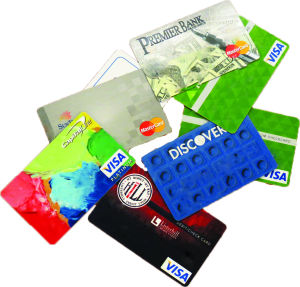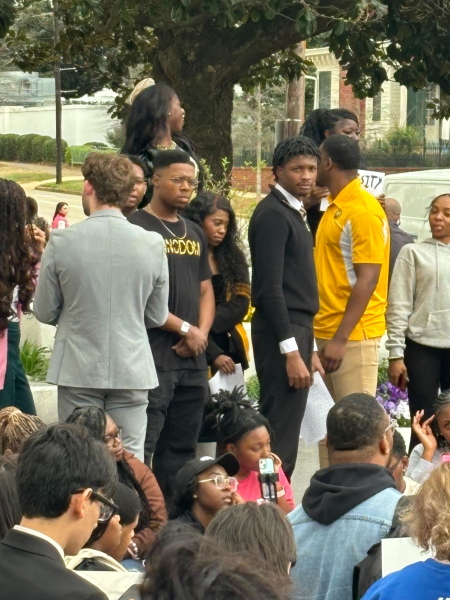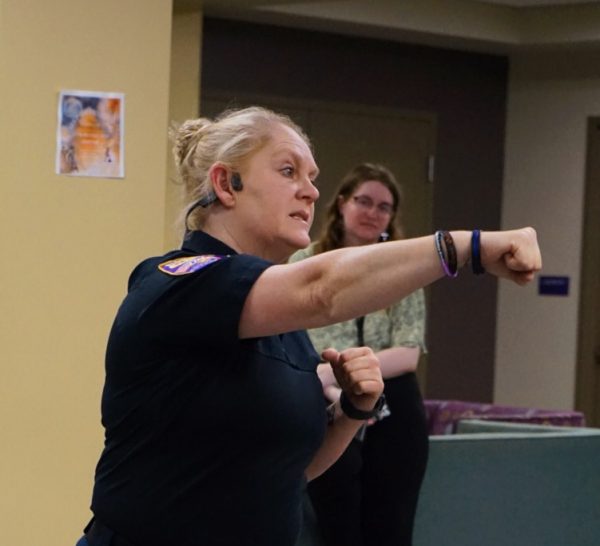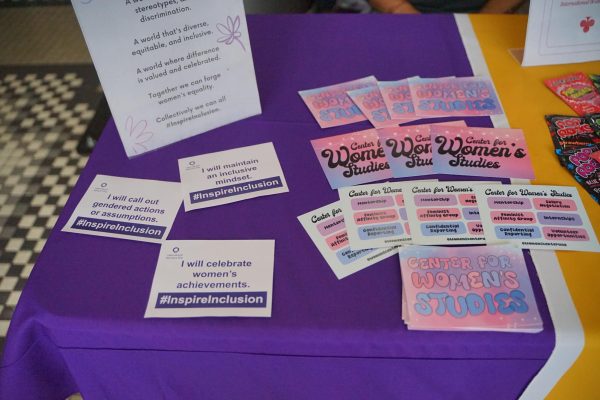Campus community evaluates credit card options, safety
February 27, 2014
Credit card debt can take years to pay off. When it comes to responsible credit card usage, students at UNA may be ahead of the curve.
UNA offers many ways to educate students on credit card use, including the Financial Literacy Center, which will be housed in The Commons building, said Heather Brown, director of financial literacy.
“There will be many tools to help educate students in the Financial Literacy Center, including literature where they can read up on it,” Brown said. “I also teach a class in the management department — management 310. It’s called personal wealth management and we talk about (credit cards) in that class.”
Credit card education probably won’t have the desired impact, said Joshua Lewis, a sophomore.
“To be for real, I don’t think it matters whether you educate students about credit cards or not,” Lewis said. “The temptation to use it is going to overrule anything you learned about them. People will still swipe their credit cards if they have them.”
Before signing up for a credit card, students should know how difficult it will be to pay off any debt they incur, Brown said.
“A lot of people get stuck in the pattern of only paying their minimum balance, and if you do that it can take years and years to pay it off,” Brown said. “When you make that minimum payment, it’s only three percent generally of your balance and a lot of that goes to interest. You end up maintaining the debt instead of paying it off.”
Junior Kamilah Abernathy avoids credit cards so she won’t end up in debt like her parents, she said.
“My parents have been working to get rid of (credit card debt), but it’s been over a period of 15 or so years,” Abernathy said. “They’ve always taught me to make sure I pay bills on time so I don’t end up in the same situation. Credit card debt can put you in a hole that is hard to get out of.”
Fortunately, students under 21 are less likely to end up in that financial situation, thanks to recent legislation, Brown said.
“The (Credit) Card Act of 2009 said that (credit card distributors) couldn’t solicit to anyone under the age of 21 to get a credit card,” Brown said. “So now, it’s harder for a college student to actu-
ally get a credit card. If you come to a credit union, or sometimes a smaller bank or locally owned bank like Bank Independent, we give out student cards.”
Student cards are like credit cards, but they have tighter restrictions, Brown said.
“Student cards keep the credit limit really, really low,” Brown said. “It might be $500 or $700. That way, it teaches responsibility and accountability for the debt that they charge, but it also helps to build their credit.”
The act is a great idea because it helps keep credit cards from young adults, said freshman Alexus Bone.
“I don’t think that, being under 21, you need a credit card,” Bone said. “It’s not a good idea because people under 21 don’t have responsibilities that would require a credit card. Credit cards should be for emergency situations only.”
Students should consider students cards as an alternative to regular credit cards, said Clay Conkle, a freshman.
“(Student Cards) keep kids from thinking that they have so much money in the bank and that they can just spend all of it,” Conkle said. “Most of time, parents are still paying for a lot of what’s going on when you’re in college. If there’s a limit in place, it keeps students from getting themselves and their parents in debt.”












